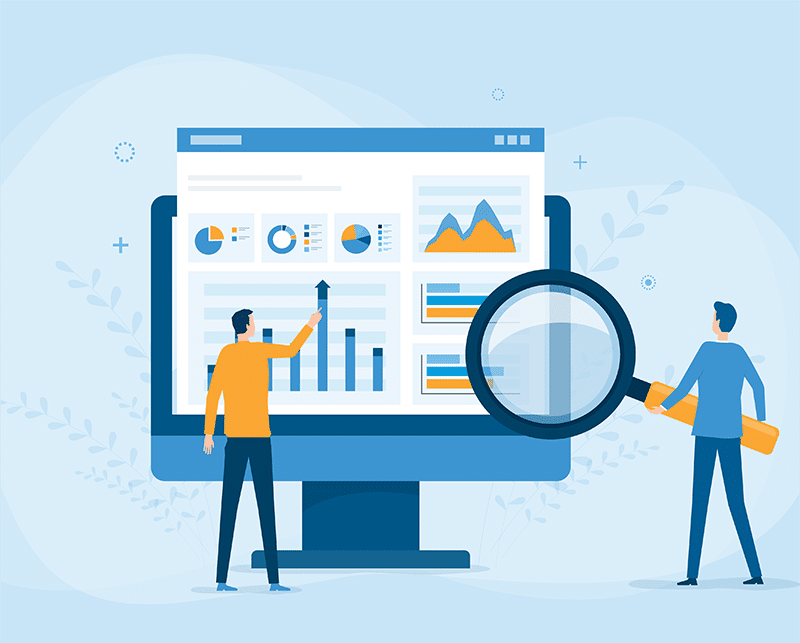What does a perfect cleanroom look like? Zero contamination, immaculately gowned personnel, and no malfunctioning equipment, ever. That’s the dream, right? While perfection might not be attainable, we can work to get as close as possible to it. Not only will operating your cleanroom by these “nearly perfect” standards keep your data in line for easy tracing, but it will also decrease yield loss and increase productivity. So how do we make sure your equipment functions at peak performance? Excellent maintenance and part of maintaining your particle counter is frequent calibration.
Calibration is when you or, preferably, the manufacturer run a series of diagnostic tests on your particle counter to ensure it is operating within your set parameters. You then are able to adjust the particle counter as needed to operate accordingly. It is a critical part of maintaining your cleanroom and equipment. It is also a part of GMP requirements for cleanroom classification.
During and after calibration, you are going to get a lot of information – and it is not all immediately apparent. For instance, you’ll get a piece of information called “as received data.” But what exactly does that mean?
What Does “As Received Data” Mean?
After you get your particle counter calibrated, you’ll receive paperwork with a lot of data and information. One of those pieces is called “as received data” or “as found data”. Essentially, “as received data” means the information found when the manufacturer received the particle counter.
This data is extremely important when calibrating a particle counter. It gives the manufacturer an idea of how past tests performed, where the sensor needs work, and what to focus on in the future. It also lets us know if the particle counter’s calibration is lasting the appropriate amount of time before the next calibration. Additionally, it shows drift patterns over time.
What Does “As Left Data” Mean?
On the other hand, you’ll also get a piece of information called “as left data,” which is how the particle counter reads when it leaves the manufacturer. This is the piece of data that ensures you know the particle counter is reading within the correct parameters for your requirements and needs. It is basically the receipt of your particle counter’s correct calibration.
When you get your particle counter calibrated the next time, the “as left data” gives us a starting point to measure the drift for the new “as received data.” Ideally, the drift will be very small with only standard use deviation occurring from normal wear and tear.
Why Does Calibration Matter?
So why don’t particle counters just work all the time? They are machines that go through normal use that have the potential to, over time, cause the photodetector or laser diode to not operate perfectly. Ideally, your particle counter would have self-diagnostics that alert you when they stop operating within the set parameters, but, even if that’s the case, routine maintenance is still a good idea.
Not only is it best practice, it is required by different standards. For instance, ISO 14644-1:2015 requires cleanroom testing be done by particle counters in compliance with calibration standards.
Additionally, it gives you peace of mind that your cleanroom is getting as close as possible to perfection. You can rest easy knowing your equipment is working as it should and detecting contamination. In the event of contamination, you will be alerted and yield loss will be prevented.
While there are a lot of regulations around cleanrooms, they exist for a reason. Calibration is one of those pieces of the puzzle that increases confidence, decreases yield loss, and works to eliminate risk to the end product and user. That is why it matters that it is done correctly by a manufacturer that gives you confidence.
How Do You Know Your Particle Calibration Is Correct?
After you spend the time, effort, and resources to calibrate your particle counter, you want to make sure it is correct. So how do you know that your calibration was done correctly?
Well, you can always test it yourself by releasing particles near it to see if it reads them. But really…
One of the best ways to rest easy in your calibration is to work with a manufacturer who knows what they are doing and who you trust. The other way is to increase your knowledge base so you can feel confident in your understanding of the data presented to you.
We understand that this industry is complicated, vast, technical, and highly regulated. But it is not impossible to navigate and highly rewarding as you learn to do so. That is why we’ve worked to make cleanrooms, particle counters, aseptic processes, and more accessible to everyone.
We’ve taken our 40+ years of experience and knowledge and made it all available to the public in easy to understand articles, videos, tech papers, and manuals. And it’s all totally free!
If you want to increase your understanding so you can make confident, informed decisions while being the go-to person for contamination control knowledge, then join us in our Knowledge Center! Create a free account today.


